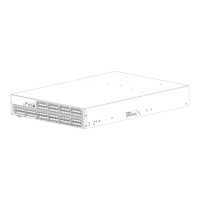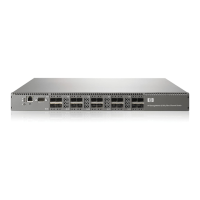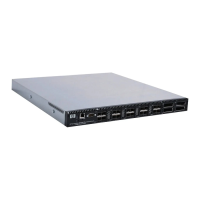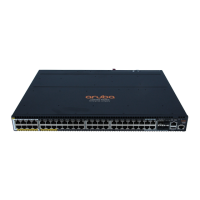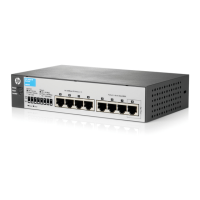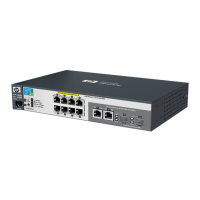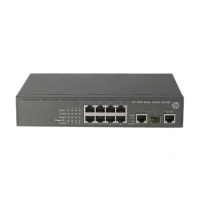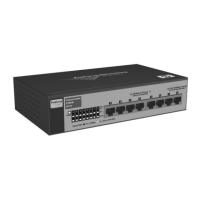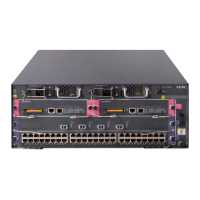4 Encryption SAN Switch specifications
Table 18 provides the general specifications for the Encryption SAN Switch.
Table 18 Encryption SAN Switch general specifications
DescriptionSpecification
32 FC ports universal (E, F, EX, FL, and M)Fibre Channel ports
Two 1000 Base Ethernet ports for I/O synchronization during re-keyingEthernet ports
Recovery cardSmart cards
Hardware-based compression prior to encryptionCompression for tape
AES256–XTS block cipher core for disk encryption—IEEE 1619.1 compliant
AES256–GCM block cipher core for tape encryption—IEEE 1619.2 compliant
AES256–ECB block cipher core for third-party compatibility encryption support
Encryption
Supports 64K Data-Encryption Keys (DEKs)—Combination of disk LUN keys or
tape pool keys
Data-Encryption Keys
Supports 12 re-key sessions (outstanding) per switch. For a given target, supports
a maximum of 2 concurrent re-key sessions—could be a combination of manual
or auto (expiry based).
Re-key sessions
Supports 256 target devices, 1,024 host ports (disk array target ports or tape
target/library ports) per switch (quantity is double for two-way HA cluster config-
uration).
Crypto scalability
Maximum bandwidth of 102 Gb/s for disk I/O traffic; maximum bandwidth of
51 Gb/s for tape I/O traffic
Crypto performance
Support for 1, 2, 4, and 8 Gb/s SFPs, which are full-duplex capableFC performance
6,000 active nodes; combination of 56 switches, 19 hops; larger fabrics certified
as required.
Certified maximum
Frame-based trunking with up to eight 8-Gb/s ports per ISL trunk; up to 64 Gb/s
per ISL trunk
ISL trunking
512 Gb/s per switch for nonencrypted trafficAggregate bandwidth
2,112–byte payload for FCMaximum frame size
Class 2 (nonencrypted traffic), Class 3, Class F (inter-switch frames)Classes of service
Fabric switches supporting unicast, multicast (255 groups), and broadcastData traffic types
One USB port for system uploads and downloads, and firmware upgrades (sup-
portsame, configUploads, configDownloads)
USB
8-Gb SAN Switch hardware reference manual 81

